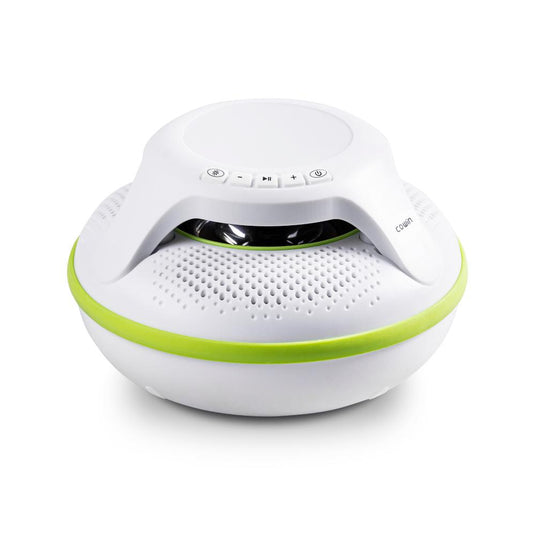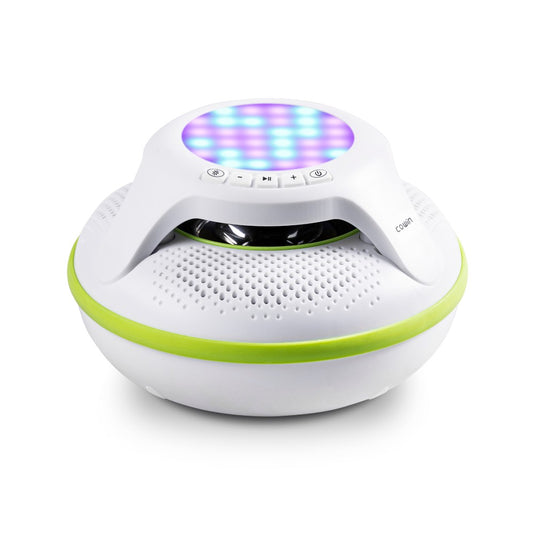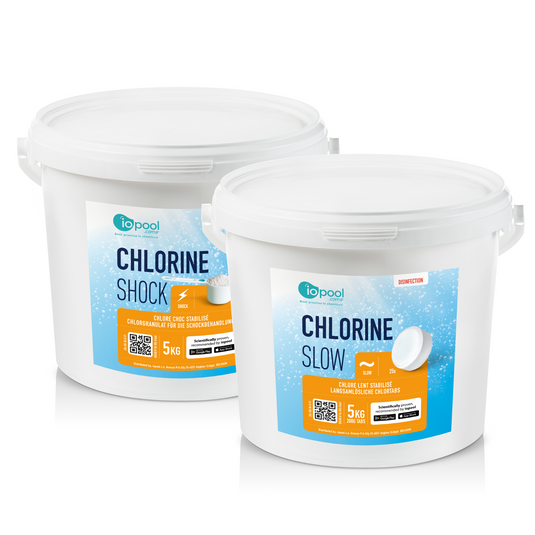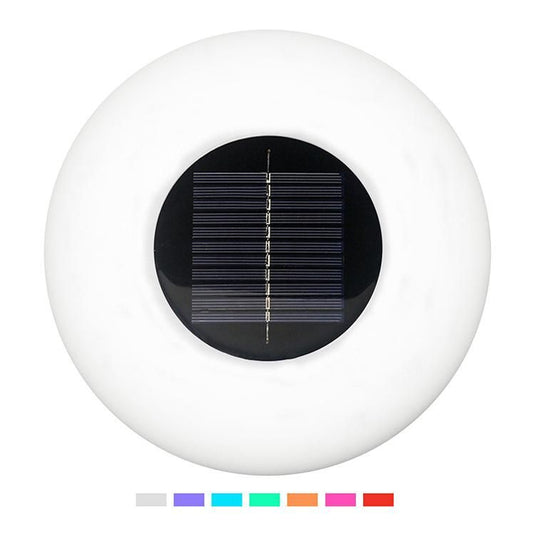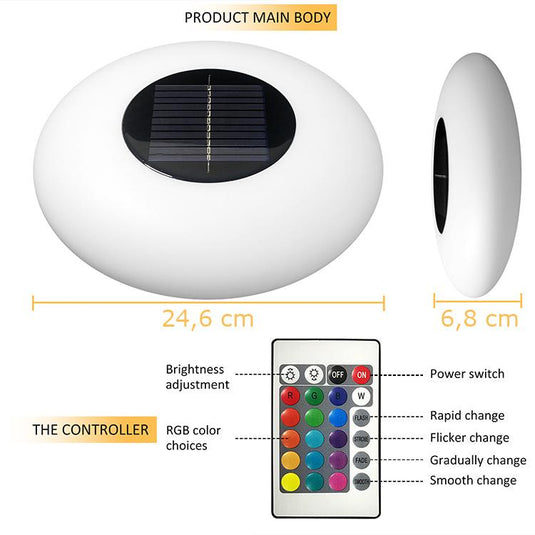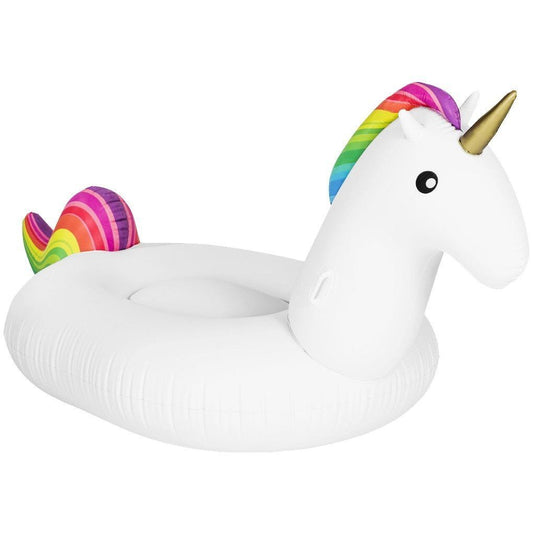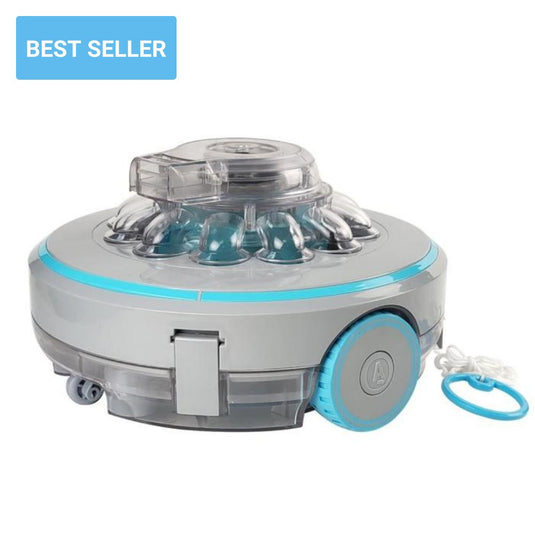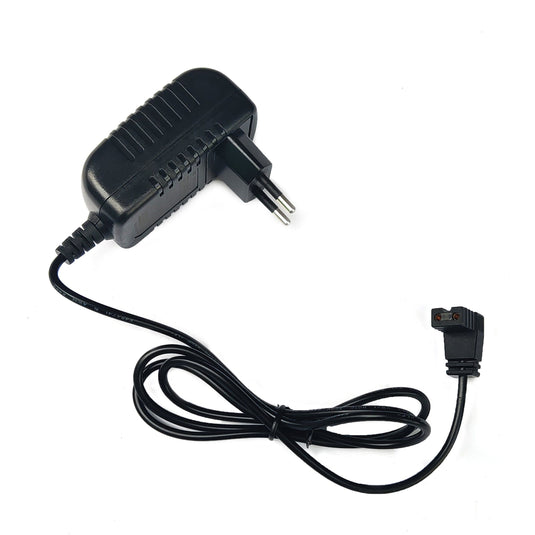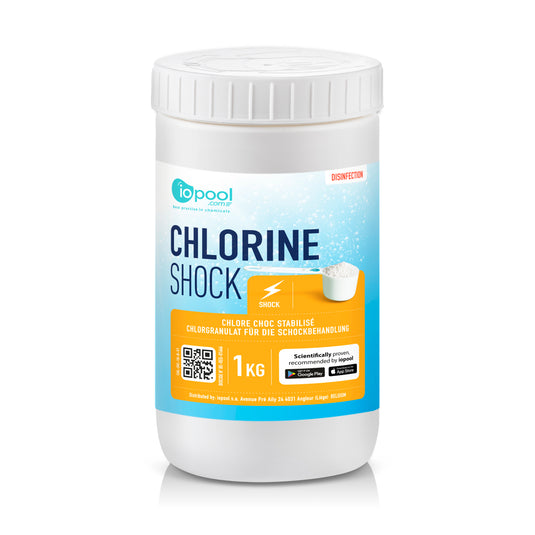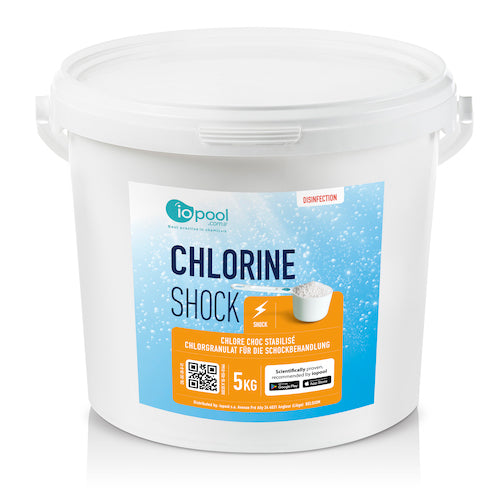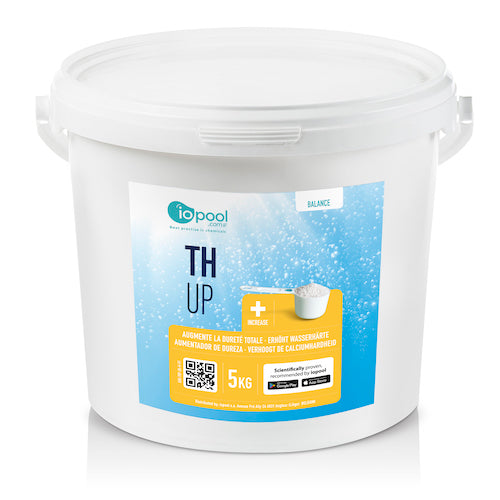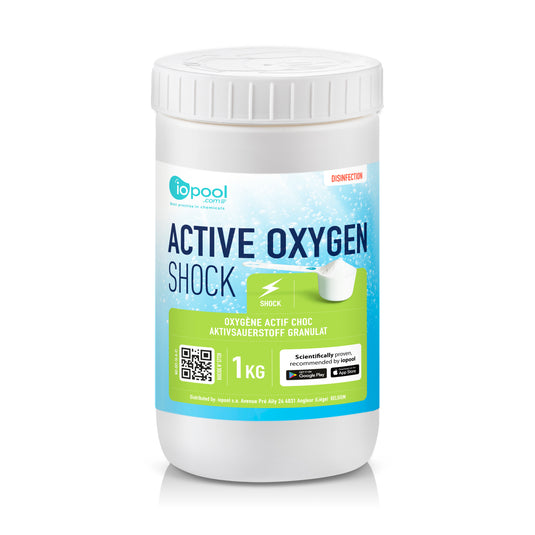How to Balance Cyanuric Acid in Your Swimming Pool

Balancing your pool’s chemistry is no easy task. And did you know the sun can make this task even more daunting? The sun rays can gobble up your chlorine and throw your pool’s chemistry out of whack. That’s where chlorine stabilizers come in. All you have to do is add a stabilizer, right? Well, not exactly. There’s a lot that goes into balancing chlorine and stabilizer chemicals. In this guide, we tell you everything you need to know about using chlorine stabilizers and how to get the perfect chlorine to cyanuric acid ratio. Discover how to balance cyanuric acid thanks to our article.
What is Cyanuric Acid?
Cyanuric Acid (CYA) is also known as a pool conditioner or chlorine pool stabilizer. You can purchase this additive in liquid or powder form. It's also included in chlorine tablets and sticks — called shock or dichlor.
When combined in shocks or tablets, it forms something called stabilized chlorine. You won't need any additional stabilizer using chlorine tablets or sticks.
If you add too much, you risk developing something called "creep," which happens when the CYA stabilizer chemical builds up to harmful levels.
We'll talk about the importance of balancing CYA and chlorine levels a little later.
🙋 Special Action - Download the app today and receive a discount code for 1kg of free chlorine in your emailboxDid you struggle to keep your pool water quality?
Discover how to encode manual test strips in the iopool app to receive a precise, personalized treatment recommendation based. It's free and you can use any brand of manual test strips.

What is the Role of A Chlorine Stabilizer?
Did you know that it only takes 17 minutes for half your chlorine to be destroyed by UV sun rays?
A stabilizer is basically a sunblock for your pool's chlorine.
Scientifically speaking, a stabilizer binds to chlorite ions and protects them from the sun. Without a stabilizer, the chlorite ions tear apart — causing the chlorine to evaporate. It stabilizes the ion, hence the name.
A pool conditioner or stabilizer helps the chlorine remain in the pool for longer, allowing it to do its job.
Without a stabilizer, your pool won't have enough chlorine levels, creating a breeding ground for nasty bacteria and algae.
However, this extended lifespan doesn't come without some drawbacks. For example, using a pool conditioner slightly reduces chlorine's sanitation power.
Stabilized chlorine takes longer to fight bacteria than chlorine without a stabilizer.
But maintaining a balanced free chlorine level ensures that the stabilizer does its thing and supports healthy pool chemistry.
How Much Stabilizer Do You Need?
Before you begin adding a stabilizer to your pool, you must determine how much CYA you already have.
Our testing strips are a straightforward way to gauge your CYA levels.
Your CYA levels should be between 30 ppm and 50 ppm.
But if you own a saltwater pool, you will need greater levels of CYA. Saltwater pool manufacturers recommend you keep CYA levels between 60ppm and 80 ppm.
Too much CYA decreases the chlorine's effectiveness – leaving you with a cloudy, green pool. And too little CYA allows UV rays to break down the chlorine.
Note: More CYA doesn't mean more protection from the sun.
What Are Ideal CYA Levels?
Striking a balance between CYA and chlorine levels is crucial.
Free chlorine levels must be kept between 2 and 4 (ppm). But when you add a stabilizer, you will need to take some consideration.
A rule of thumb is that your chlorine levels should be around 7.5% of your CYA.
Here's a little formula to help you calculate the ideal levels:
CYA ppm x 0.075 = free chlorine level
Let's put this formula to practice.
So, let's assume your CYA level is 50. Then, your calculation would look something like this:
50 x 0.075 = 3.75
We must also note that if your CYA levels are higher than 100, you might have difficulty getting an accurate test using regular strips.
In this case, you will have to consult a pool professional or use a test that measures CYA levels up to 300.
What Causes an Imbalance of CYA and Chlorine?
It's actually straightforward to accidentally use too much stabilizer — in fact, you probably do it without realizing it.
If you're adding chlorine to your water, chances are you're adding CYA long with it.
As discussed earlier, trichlor or dichlor contains both chlorine and CYA. So every time you add chlorine to your pool, you're also adding CYA.
Liquid chlorine, however, doesn't include a stabilizer. So if you need to add CYA to your pool, you can purchase it as a separate product.
Be sure to not add too much stabilizer to your pool. Bringing down CYA levels can be challenging – we'll get into that in a bit.
The thing with CYA is that it stays in your pool – it doesn't evaporate or break down.
As your pool water evaporates, CYA is left behind. So if you are using stabilized chlorine every time you refill your pool, CYA can build up fast.
One pound of dichlor (about two 3" tablets) to 10,000 gallons of water adds 6 to 7 ppm. And if you add dichlor every week, you could be over-stabilizing your pool.
What Can You Do If There Is Too Much CYA?
You have two options for lowering the level of CYA in your pool.
Partially Drain Your Pool
Partially drain your pool using a vacuum or your filter's waste setting. Next, refill your pool with fresh water.
If your CYA levels are 10 percent too high, drain and replace about 10 percent of your pool water.
Run your pump for a few hours to agitate the freshwater. Then retest your CYA levels again. If they're still too high, dilute more water.
Note: CYA can linger in your filtration system, so if you have very high levels, you might want to backwash or replace your filter.
Purchase a Reverse Osmosis (RO) Filter
You can also purchase specialized filters that capture CYA and remove it from the water.
Of course, the RO filters are the more expensive option, but it's ideal for those who can't drain their pools.
What About CYA Reducers?
You may have come across a product known as a cyanuric acid reducer. But these aren't guaranteed to decrease CYA levels.
In addition, CYA reducers are natural, which means they work slower. Therefore, they could take a week or longer to decrease CYA levels.
We recommend sticking to the CYA lowering methods we've mentioned for best results.
How to Properly Add Pool Stabilizer
When it comes to adding stabilizer, practicing safety protocols is vital. Stabilizer is an acid, and the acidity can damage your pool and skin.
First, ensure that you wear gloves and goggles when working with a stabilizer.
Although some manuals will instruct you to add the stabilizer at the filter or directly into the pool. However, we advise you not to do this.
For vinyl liner or fiberglass pools, dissolve the stabilizer in a bucket of warm water. Then, add 13 ounces of stabilizer to get 10 ppm of CYA in a 10,000-gallon pool.
Carefully pour it around the edges of your pool. By doing this, you can avoid damaging your pool and its parts.
If you have a concrete pool, you won't need to dissolve it first. Instead, you can pour it directly into your pool. The stabilizer will sit on the pool floor so disperse the product with a brush.
Frequently Asked CYA Questions
Still, have burning questions about cyanuric acid? We've answered some commonly asked questions:
How Often Should You Add a Pool Stabilizer?
The pool stabilizer doesn't get used up while working, and it doesn't evaporate like other pool additives.
And the levels won't decrease unless you lose a lot of pool water. Rainwater also reduces the stabilizer concentration.
So you will only ever have to add stabilizer if your levels get too low. That's why it's essential to check pool chemistry regularly.
Can You Swim in A Pool With a Stabilizer In It?
It is safe to swim in a pool with a stabilizer. However, wait at least 30 minutes after adding chlorine stabilizer and ensure that it's completely dissolved.
The same rule applies to all other swimming pool — including alkalinity increasing chlorine, algaecide, and other chemicals.
Should You Use CYA in An Indoor Pool?
Since CYA helps protect chlorine from breaking down in the sun's rays, it's typically only used in outdoor pools.
But if you have an indoor pool that's exposed to sun rays and you experience drops in chlorine levels, you may want to add a low-level stabilizer.
Is Baking Soda an Alternative to Cyanuric Acid?
Baking soda serves a different purpose than CYA. Baking soda increases the alkalinity in your water – it doesn't protect chlorine from sun exposure.
Keep The Concentration of Stabilizer Balanced With iopool
Balancing CYA and chlorine can be challenging. It requires constant monitoring and testing. However, our pools make it simple. Check out our shop for everything you need to keep your pool healthy.

